Send us a Message
- Destinations
- Tours
- By Destinations
- By Themes
- Suggested Combination
- Duration
- About Us
- Reviews
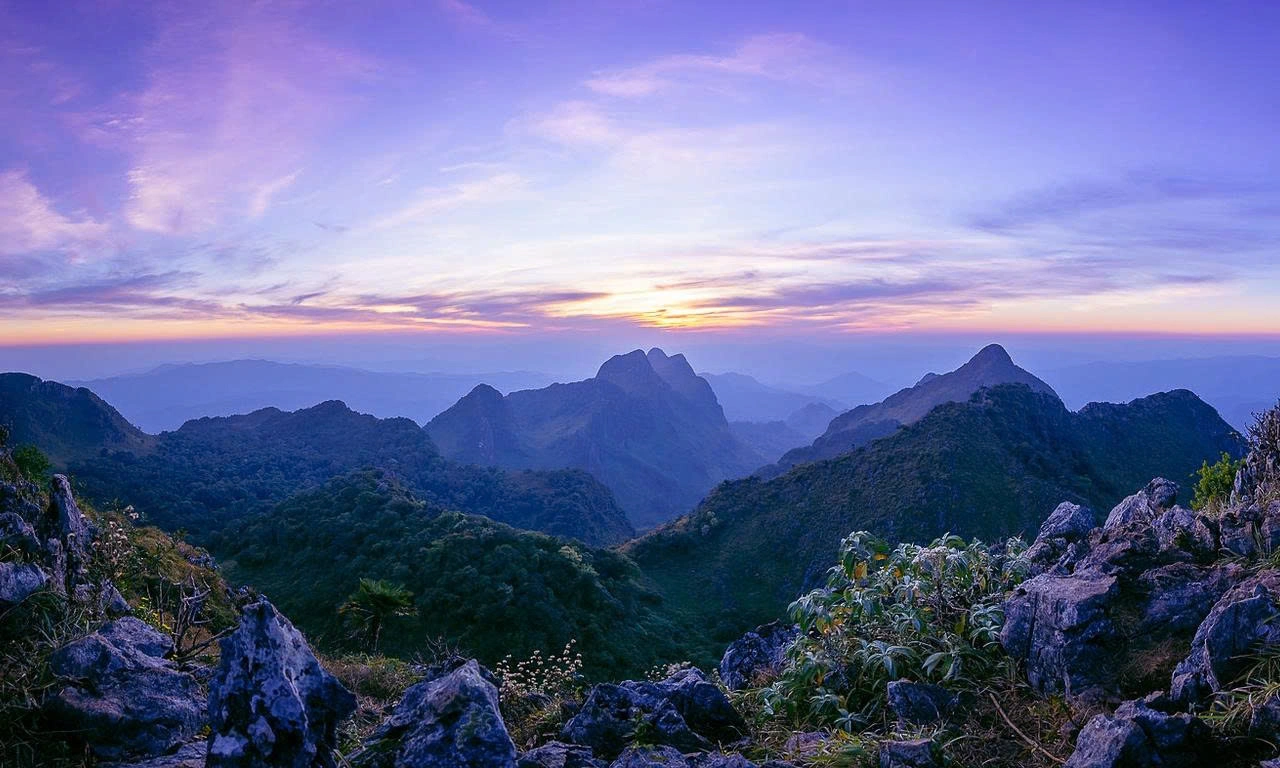
Chiang Mai, often called the cultural capital of northern Thailand, is a city where ancient charm meets modern vibrancy. Surrounded by misty mountains and lush countryside, it is famous for its historic temples, night bazaars, and traditional festivals. The city also serves as a gateway to outdoor adventures, from trekking and elephant sanctuaries to exploring nearby hill tribe villages. With its relaxed atmosphere and rich heritage, Chiang Mai offers a unique blend of tradition and contemporary lifestyle.
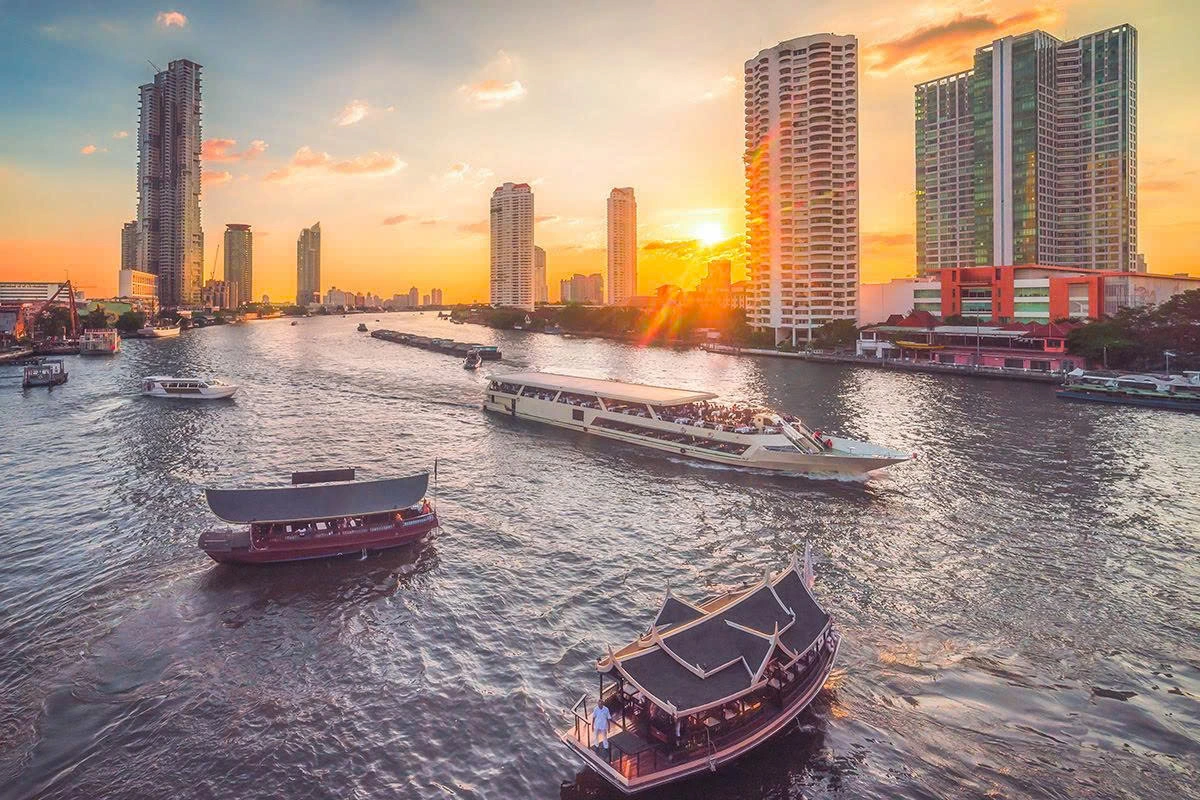
Laos is a landlocked country in Southeast Asia, known for its peaceful atmosphere, Buddhist traditions, and rich cultural heritage. The capital Vientiane features colonial architecture and temples, while Luang Prabang, a UNESCO World Heritage site, is famous for monasteries and natural beauty; in the south, Pakse connects travelers to the Bolaven Plateau and 4,000 Islands. With a tropical monsoon climate and landscapes ranging from mountains to the Mekong River, Laos offers visitors a blend of culture, history, and nature
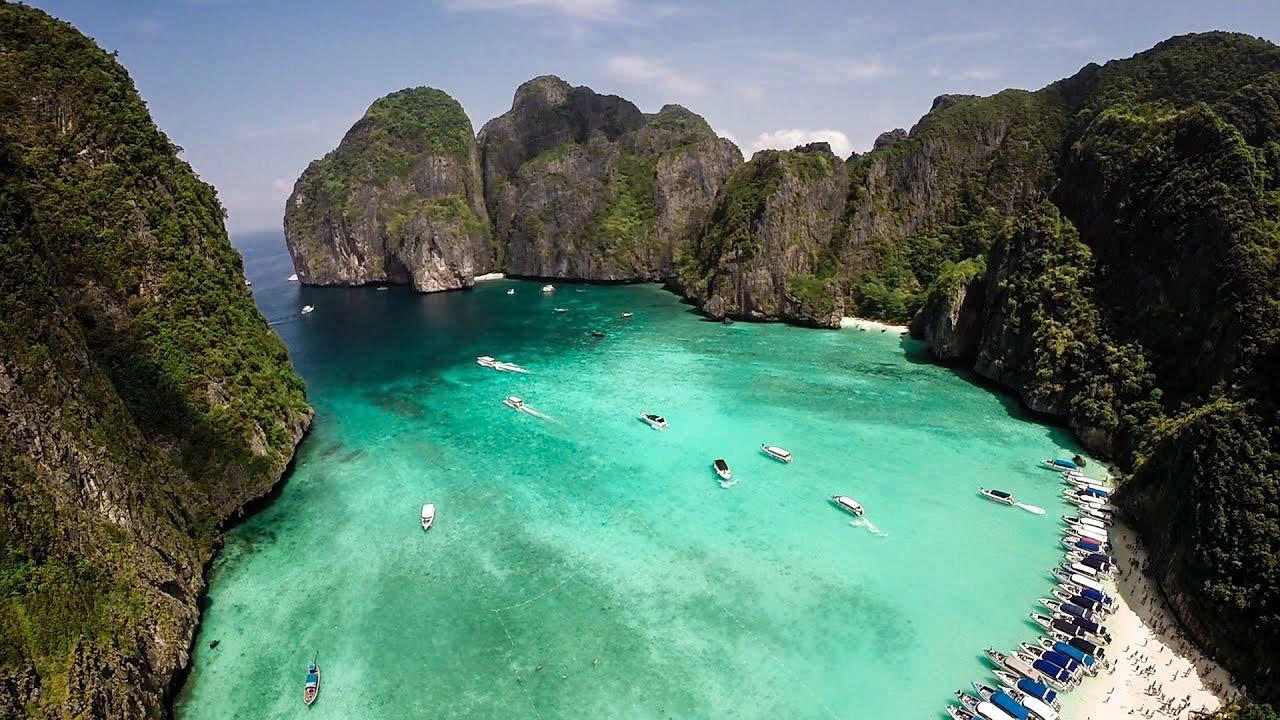
Thailand has a tropical climate shaped by seasonal monsoons, bringing hot summers, heavy rains, and a cooler dry season. Northern Thailand is cooler with pleasant winters and lush green scenery during the rainy season, while Central Thailand, including Bangkok, is hotter and more humid but best enjoyed from November to February. Southern Thailand is warm year-round with varying rainy periods on the Andaman and Gulf coasts, making it ideal for both beach holidays and nature exploration.

Thailand is a vibrant country in Southeast Asia, famous for its rich culture, warm hospitality, and respect for traditions. The capital Bangkok is known for its bustling street life and temples, while Chiang Mai in the north highlights ancient heritage, and Phuket in the south is a tropical beach paradise. With diverse geography from mountains to coastlines and a tropical climate, Thailand offers travelers a mix of culture, adventure, and relaxation.
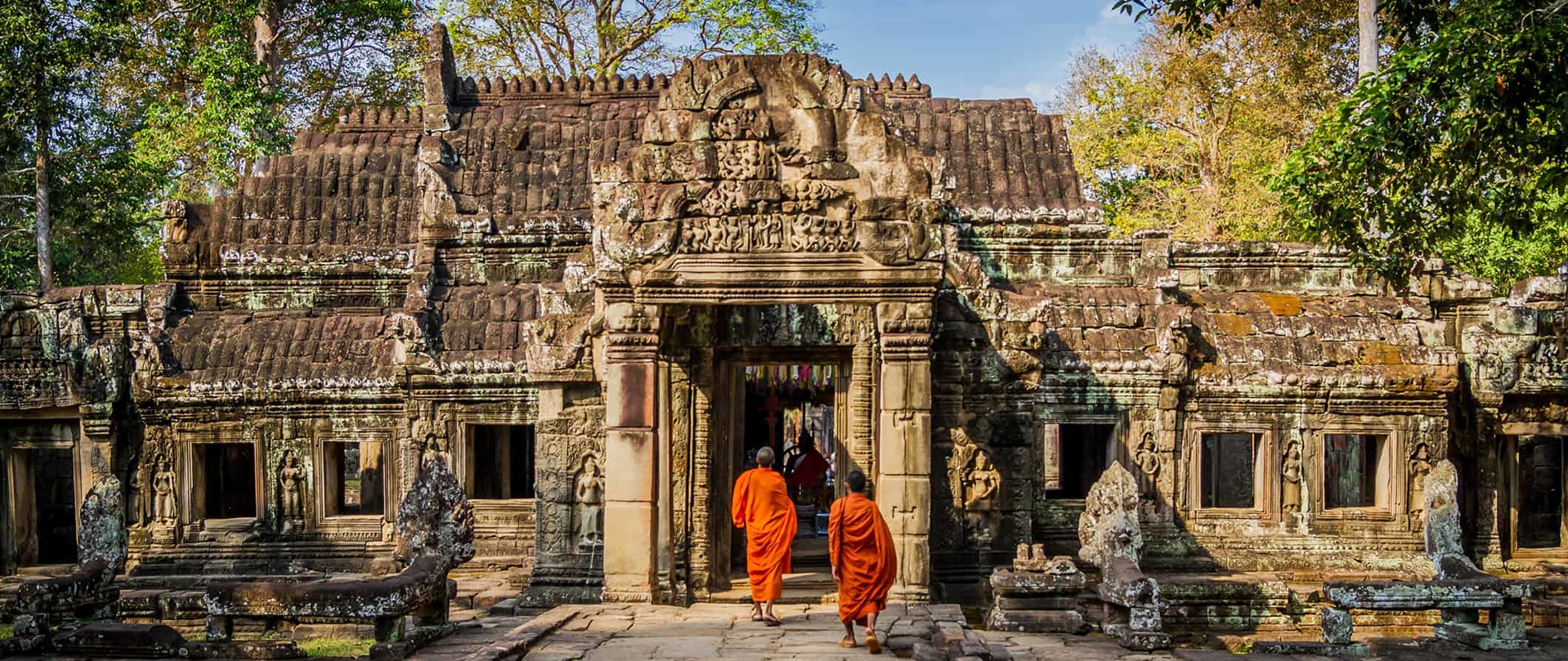
Cambodia requires a valid passport and offers visas on arrival or online, but travelers should always check the latest entry rules. Health precautions like recommended vaccinations, travel insurance, and malaria prevention are advisable, especially outside cities. The country uses both Cambodian Riel and US dollars, with ATMs and cards available mainly in urban areas, while cash is preferred in rural regions. Visitors can get around by flights, buses, or tuk-tuks, stay connected via affordable SIM cards, and should respect local customs such as modest dress in temples and polite greetings.

Cambodian cuisine, also known as Khmer food, is deeply rooted in tradition and shaped by the country’s rivers, fertile plains, and coastline. It is characterized by a delicate balance of sweet, sour, salty, and bitter flavors, often brought together with fresh herbs, rice, and fermented fish paste called prahok. Signature dishes like Fish Amok, Nom Banh Chok, and Kampot Pepper Crab highlight both regional diversity and cultural heritage. Simple yet flavorful, Cambodian food reflects the warmth and hospitality of its people, making every meal a cultural experience.
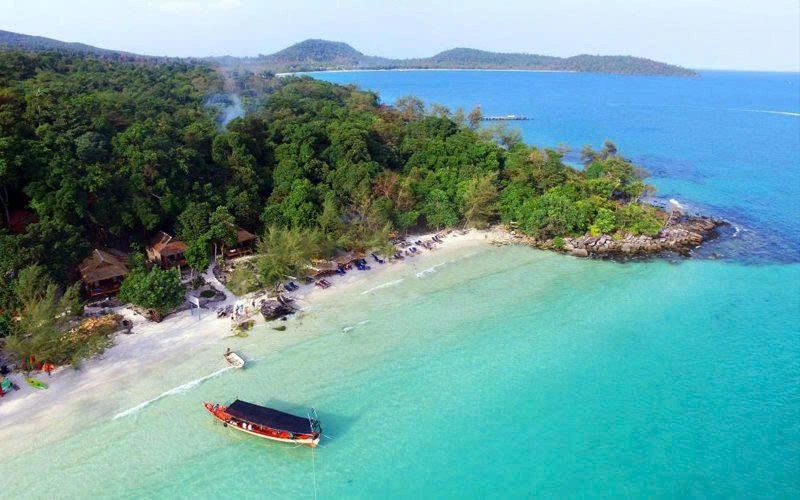
Kratie offers a blend of nature, culture, and local charm along the Mekong River. Visitors can spot the rare Irrawaddy dolphins near Kampi, cycle around the peaceful Koh Trong Island, and explore the historic 100 Pillar Pagoda. The day can end with a sunset on the Mekong and tasting fresh local fruits like Kratie’s famous pomelos.
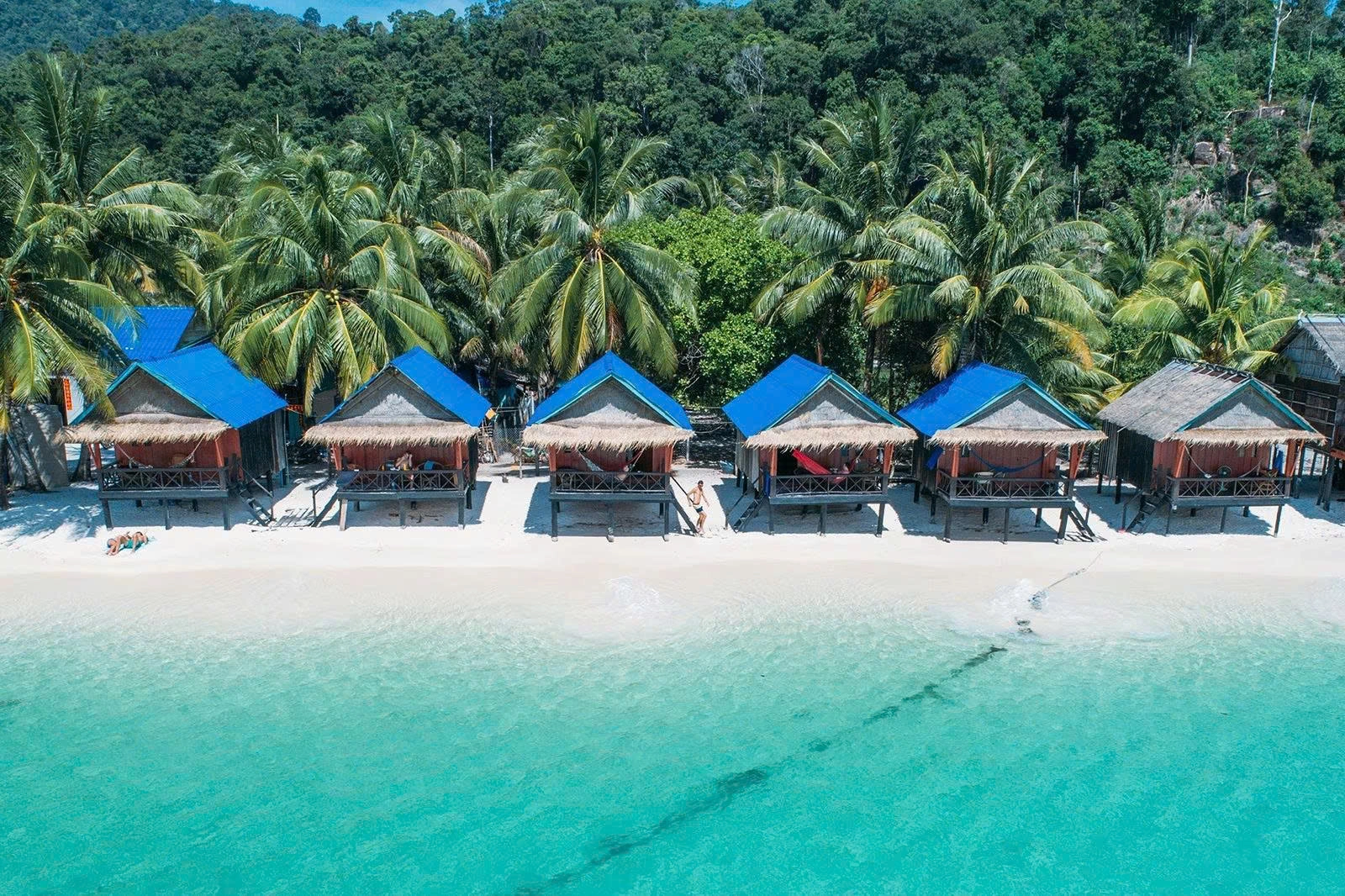
Sihanoukville is a popular coastal destination in Cambodia, known for Ochheuteal Beach where visitors can sunbathe, swim, and enjoy fresh seafood. Just a short boat ride away, Koh Rong offers vibrant nightlife while Koh Rong Sanloem provides a peaceful escape with snorkeling and diving. Nearby, Ream National Park and Kep’s Crab Market add unique experiences of nature and local cuisine.

Kampot, a riverside town full of charm, is known for its laid-back atmosphere and scenic views. Visitors can enjoy a sunset stroll along the riverside promenade or head up to Bokor Hill Station for colonial ruins and panoramic sea vistas. The region is also famous for Kampot pepper, best discovered through tours of local plantations. Adventurers can explore Phnom Chhnork Cave with its hidden temple, then end the day kayaking or paddleboarding on the calm river waters.
Fill out our personalized travel form to receive a FREE quote!
Once you receive the personalized quote, you can alter it with us to better meet your requirements.
Send booking order to us as soon as you agree on our proposal to secure your trip arrangement.
After confirmation, VietnamStay will begin arranging the finest services for you.
It’s time to pack your suitcases and embark on an adventure to explore new horizons. Wishing you a safe journey!